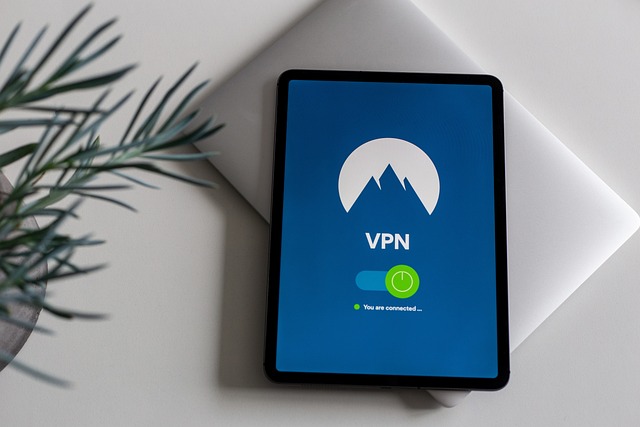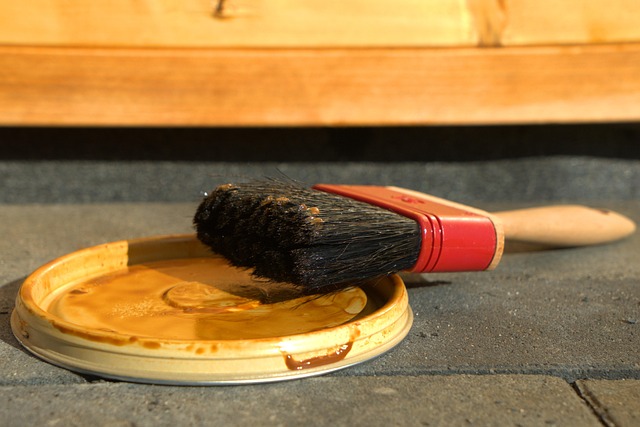Creating a DIY home security system involves understanding your unique needs, setting a budget, and selecting compatible equipment. Beginners should opt for simple, plug-and-play systems with smartphone apps for remote management. Strategize sensor placement, test the system thoroughly, and integrate smart features as desired for comprehensive protection at an affordable cost.
“New to home security? This comprehensive beginner’s guide offers a simple route to protecting your space. From understanding your needs and setting a realistic budget for a basic security system to choosing the right equipment for a DIY installation, we’ve got you covered. Learn step-by-step how to set up, test, and configure your new system. Plus, discover smart home integrations to elevate your security. Embrace peace of mind with our beginner-friendly guide to budget-friendly home security setup.”
- Understanding Your Home Security Needs
- Assessing Your Budget for a Basic Security System
- Choosing the Right Equipment for DIY Installation
- Setting Up Your Security System: Step-by-Step Guide
- Testing and Configuring Your Home Security System
- Enhancing Security with Smart Home Integrations
Understanding Your Home Security Needs

Understanding your home security needs is the first step for any beginner looking to set up a basic security system on their own. Before installing a DIY home security setup, assess what risks you want to mitigate and how much you’re willing to spend. Consider factors like the size of your home, the area’s crime rate, and personal belongings you want to protect. A budget-friendly security system might involve motion sensors, door/window contacts, and a central control panel, while a more advanced setup could include outdoor cameras, smart locks, and glass-break sensors.
For beginners, starting with a simple yet effective basic security system is ideal. Many modern DIY home security systems offer easy installation and can be managed through a smartphone app, making them accessible for those without extensive technical knowledge. These systems are designed to fit various budgets, ensuring you get the features you need without breaking the bank. Remember, the right install home security setup should provide peace of mind and a layer of protection, catering specifically to your home’s unique requirements.
Assessing Your Budget for a Basic Security System

When starting your journey into home security with a DIY approach, assessing your budget is a crucial step in your beginner’s security guide. A basic security system doesn’t have to break the bank; there are numerous budget-friendly options available that offer excellent protection for your home. Remember, a good place to start is by identifying your priorities and needs; do you want a simple door/window sensor setup or something more complex with surveillance cameras? Understanding what features are essential will help guide your decision-making process.
Consider researching different security system packages designed for DIY installation, as these often come with all the necessary equipment at varying price points. Online retailers and home improvement stores offer a wide range of options, catering to various budgets without compromising on quality. With some research and planning, you can find a suitable, affordable solution that will give you peace of mind and enhanced security.
Choosing the Right Equipment for DIY Installation

When setting up a DIY home security system, selecting the right equipment is paramount. Start by assessing your home’s needs—door and window sensors, motion detectors, and cameras are essential components for a basic security system. Opt for a budget-friendly option that aligns with your skills and resources, as some systems may require more technical expertise to install. Look for user-friendly, plug-and-play devices to simplify the process, making it suitable for beginners.
Consider factors like battery life, connectivity (Wi-Fi or Bluetooth), and compatibility among devices. Ensure your chosen equipment is durable and reliable, offering peace of mind. Many modern security systems come with mobile apps, allowing you to monitor and control your setup remotely—a handy feature for any DIY beginner’s security guide.
Setting Up Your Security System: Step-by-Step Guide

Setting up a home security system can seem daunting for beginners, but with a step-by-step approach, it becomes manageable and cost-effective. Start by assessing your home’s needs—identifying entry points like doors and windows that require protection. Next, choose a basic security system that aligns with your budget. Many DIY home security options are now available, allowing you to install sensors and cameras yourself.
Begin the installation process by placing sensors at strategic locations, ensuring they are securely fastened. Connect these sensors to a control panel, which acts as the brain of your system. Configure the control panel according to your preferences, setting up triggers for alerts and arming/disarming the system. Test each component thoroughly to ensure everything functions correctly before finalizing the setup.
Testing and Configuring Your Home Security System

Testing and configuring your new home security system is a crucial step in ensuring its effectiveness. Once installed, take the time to familiarize yourself with the control panel and all its features. Start by simulating different scenarios: test the sensors, set virtual zones, and check the alarm response. Most basic security systems come with user-friendly apps that allow you to monitor activity, receive alerts, and even arm or disarm the system remotely. These apps often provide detailed instructions for testing each component, making it an accessible DIY home security project on a budget-friendly scale.
During configuration, ensure every device is properly connected and calibrated. Verify the sensor ranges and placement, ensuring they cover all entry points. Adjust settings as needed to prevent false alarms while maintaining optimal protection. Remember, a well-configured system means better peace of mind. With these initial steps, you’ll be well on your way to setting up a robust beginner’s security guide for your home.
Enhancing Security with Smart Home Integrations

Smart home integrations have revolutionized the way we enhance our home security setup. By connecting your basic security system to a central hub or smartphone app, you gain real-time control and monitoring capabilities. This allows beginners in DIY home security to set up alerts, receive notifications, and even remotely arm or disarm their systems from anywhere. With a budget-friendly security system, you can start by installing essential components like door/window sensors, motion detectors, and a central control panel, then gradually integrate smart features as your comfort level and budget allow.
Following a beginner’s security guide ensures that the install home security process is straightforward and effective. Many modern systems offer plug-and-play installation, eliminating the need for complex wiring. Additionally, these systems often include detailed tutorials and customer support to assist with any challenges. This approach not only reinforces your home’s security but also provides peace of mind, knowing that even a simple setup can make a significant difference in protecting your property.
